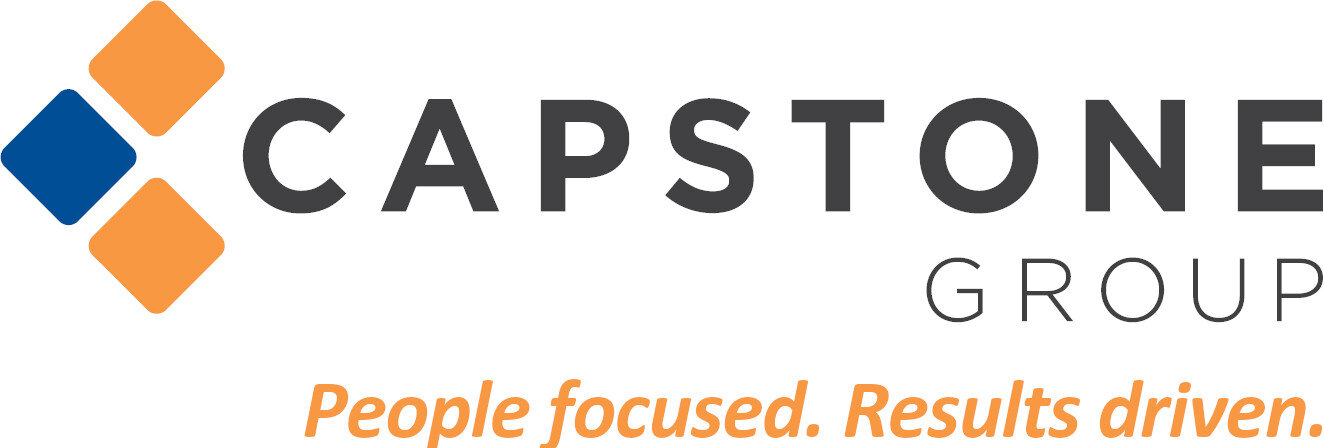On Monday, June 24, 2019, President Donald Trump signed an executive order designed to increase pricing and quality transparency in health care. The president’s executive order is the latest move that the Trump administration has taken to address rising health care costs.
In May 2019, the Department of Health and Human Services (HHS) announced a rule that would require drug companies to disclose the price of prescription drugs on TV ads. In addition, Trump delivered a speech in which he laid out a blueprint for combating surprise medical billing.q
Executive Order Details
With the order, the government hopes to eliminate unnecessary barriers to health care pricing and quality transparency. Outlined below are the steps the order lays out that are intended to achieve pricing and quality transparency in health care.
Pricing Transparency
The June 24 order states that within 60 days, HHS Secretary Alex Azar will propose a regulation to require hospitals to post their pricing information publicly. This published information is to be delivered in a consumer-friendly and easy-to-understand format. It should include charges and information based on insurance-negotiated prices and shoppable services or items. The HHS’ proposed legislation should also require the regular updating of this Within 90 days of the order, the secretaries of HHS, the Treasury and Labor will issue an advance notice of proposed rulemaking that would require providers, insurers and self-insured health plans to provide patients with information about expected out-of-pocket costs for medical items or services before they receive care. This advance notice of proposed rulemaking will solicit comments as well.
Within 180 days of the order, the secretary of Treasury shall propose regulations to treat medical expenses that relate to certain types of health arrangements as eligible medical expenses under section 213(d) of title 26, United States Code. The order states that this could potentially include expenses related to direct primary care or health care sharing ministries.
Within 180 days of the order, a report that describes how the government or private sector is hindering transparency in health care quality and pricing for consumers will be delivered. The HHS secretary will work in consultation with the attorney general and Federal Trade Commission to draft the report.
Medical Spending Accounts
Within 120 days of the order, the secretary of Treasury will issue guidance to expand consumers’ ability to choose high deductible health plans with health savings accounts. Within 180 days of the order, the secretary of treasury will also issue guidance that increases the amount of funds in flexible spending accounts that can carry over without penalty at the end of each year.
Quality of Care Transparency
Within 180 days of the order, secretaries of HHS, Defense and Veterans Affairs will develop a roadmap to help align and improve data and quality reporting measures across various programs, including Medicare, Medicaid and the Marketplace.
The secretary of HHS, in consultation with the secretaries of the Treasury, Defense, Labor and Veterans Affairs, and the Director of the Office of Personnel Management, shall increase access to de-identified claims data from taxpayer-funded health care programs and group health plans within 180 days of the order. Increasing this access will aid in developing tools designed to empower patients to make more informed decisions regarding their health care.
Addressing Surprise Medical Billing
Within 180 days of the date of this order, the secretary of HHS shall submit a report detailing any additional steps that are necessary to implement the surprise medical billing principles that were laid out on May 9 to the president.
What’s next?
The executive order doesn’t set forth any proposed regulations itself. We will continue to monitor any developments regarding the order and provide updates as necessary.

